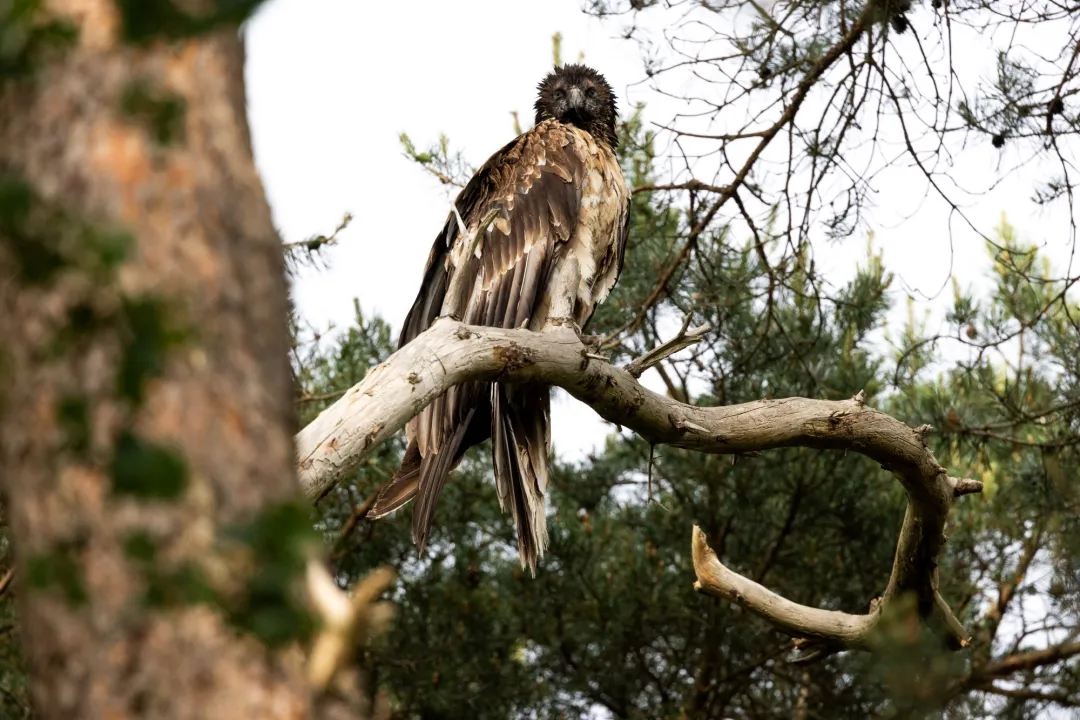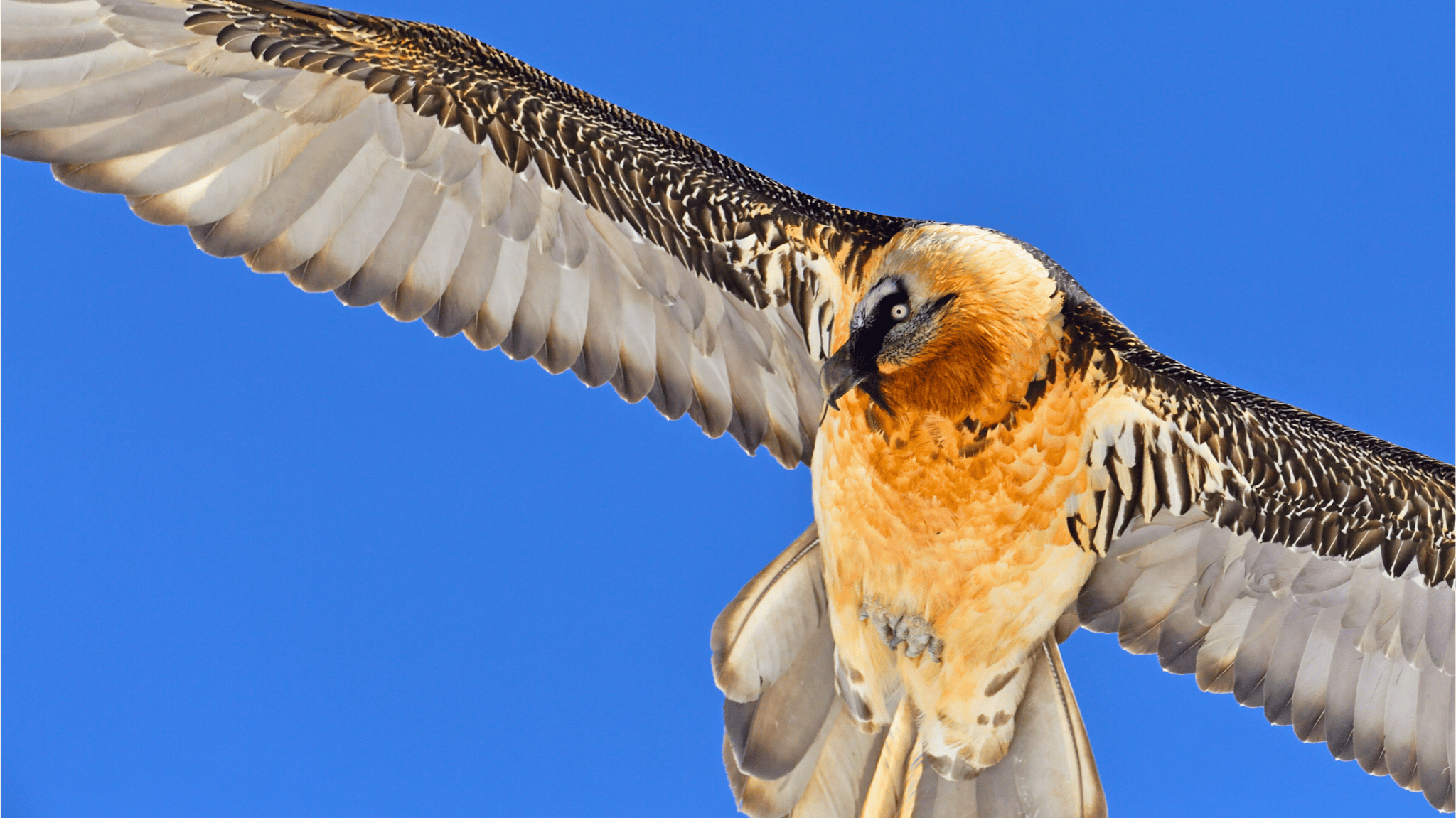The return of the Bearded Vulture to the Alps was a result of dedication of passionate conservationists in countries across the the whole of the Alpine range demonstrating the importance of international cooperation to successful conservation projects, just like the birds themselves, the conservation of vultures know no borders.
The international cooperation that was at the heart of the project has continued even with the species now firmly established across the mountain range, colleagues across the Alps continue to share research and information about this population of vultures through our International Bearded Vulture Monitoring Network, our Annual Bearded Vulture Meeting and also with the annual publication of infoGipeto, the 35th edition of which is published today.
infoGipeto
Started in 1994, infoGipeto is the scientific and technical bulletin that collects results of the reintroduction project of the Bearded Vulture not just in the Alps but also from the other reintroduction projects taking place in Europe is published by Parco Naturale Alpi Marittime in Italy.
In this edition, as teams are busy preparing for the release of captive-bred birds into the wild at five different sites in three sites in France and two in Spain and are observing the progress of the wild breeding population, inforGipeto looks back at the 2018 breeding results. For the wild population, the population marked a significant milestone, with 2018 being the year that the total of wild-born chicks since the first breeding in 1997 surpassing total number of captive-bred birds released since 1986.
Also highlighted in the edition is news from the Alps that on recovering a young chick in National Park Hohe Tauern, Austria, the team discovered the parent was a female Alexa, born in Innsbruck Alpenzoo and released in Kruml valley in 1988, a great discovery to see her still breeding successfully.
infoGipeto also highlights some of the breeding results of birds in particular areas such as Grisson in Switzerland, Trento and the Gran Paradiso National Park in Italy and Mercantour in France. The success of the reintroduction of the Bearded Vulture in Andalucia, Spain and the approach to illegal wildlife poison is also highlighted in this edition.
Other European vulture species get a mention in this edition including the observations of Griffon Vultures across regions in the Piedmont in northern Italy, a report on the species also from the eastern Alps and news of the increasing trend of observations of Cinereous Vultures in the northwest Alps.
infoGipeto issues 35 ![]() 35_infogipeto_colore per web.pdf Adobe Acrobat Document 8.8 MB Download
35_infogipeto_colore per web.pdf Adobe Acrobat Document 8.8 MB Download
Back issues of infoGipeto are available on the Parco Naturale Alpi Marittime website.
Reintroduction of the Bearded Vulture in the Alps

Throughout the 19th Century the Bearded Vulture, like other vultures across Europe was persecuted and in 1913 the last bird in the Alps was shot in Italy. In the late 1970s a group of dedicated vulture conservationists began a project that would become the Alpine Reintroduction, an ambitious conservation project to reintroduce the species bac to the region by releasing captive-bred individuals into the wild. Working with partners across Europe a captive-breeding network was established – one that we still coordinate – and the first Bearded Vultures were released into the wild in 1986. Eleven years later in 1997, in the country where the last bird was shot, Italy, the first recorded breeding in the Alps since the early 20th Century was recorded. In the 2017/18 breeding season there are more than 50 breeding pairs across the region, and the species is firmly established.




